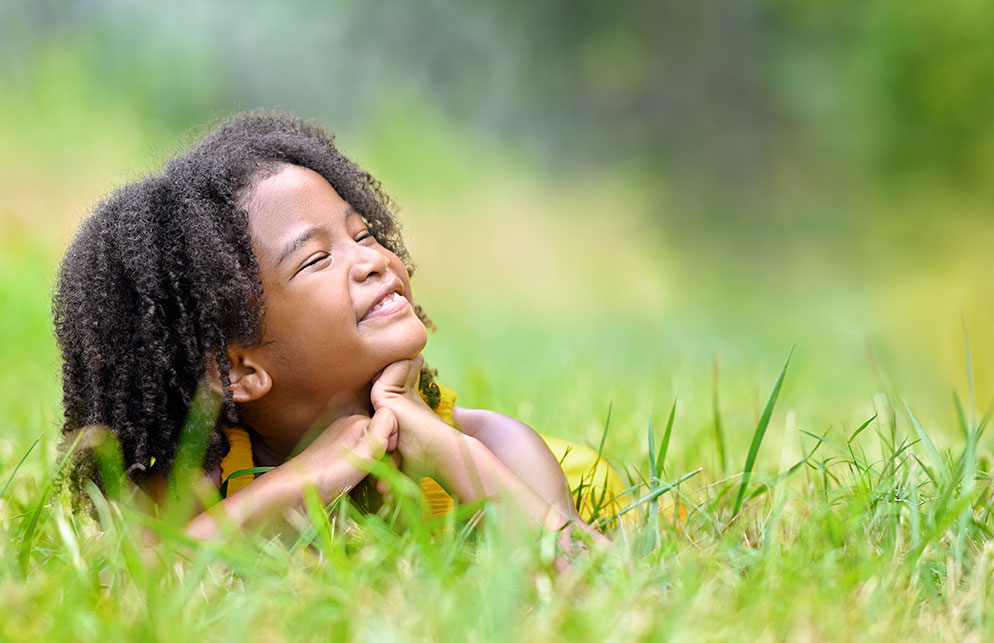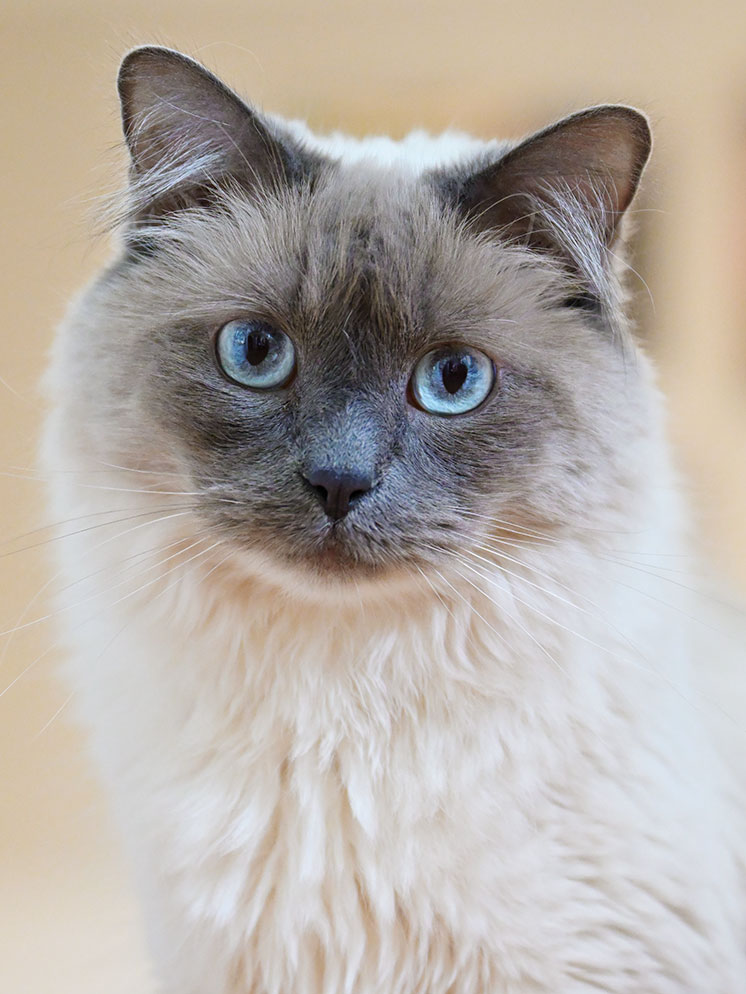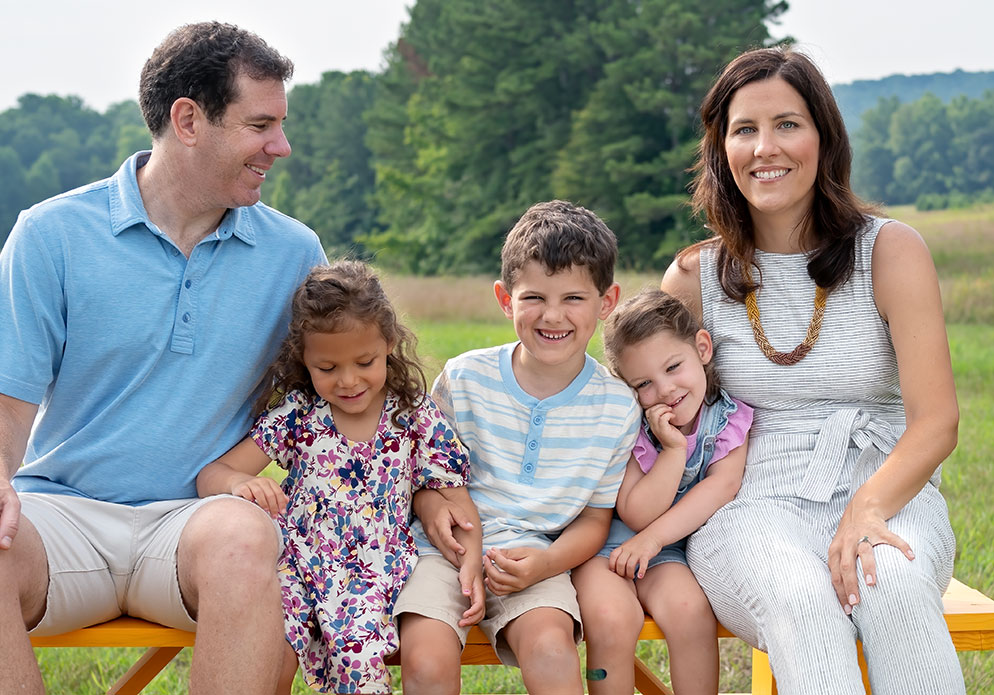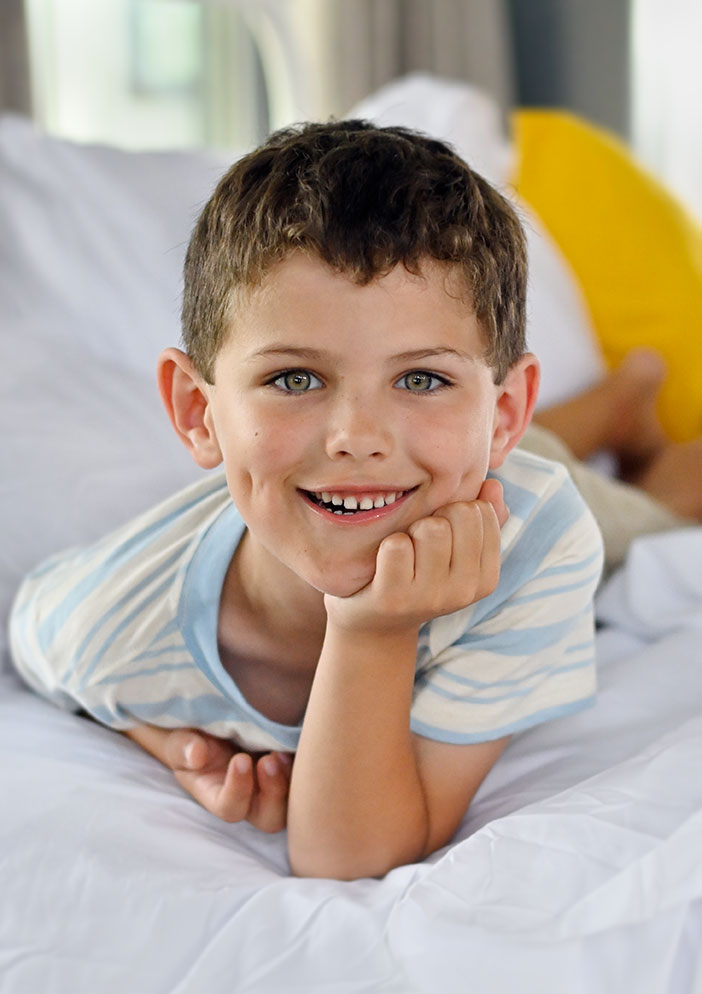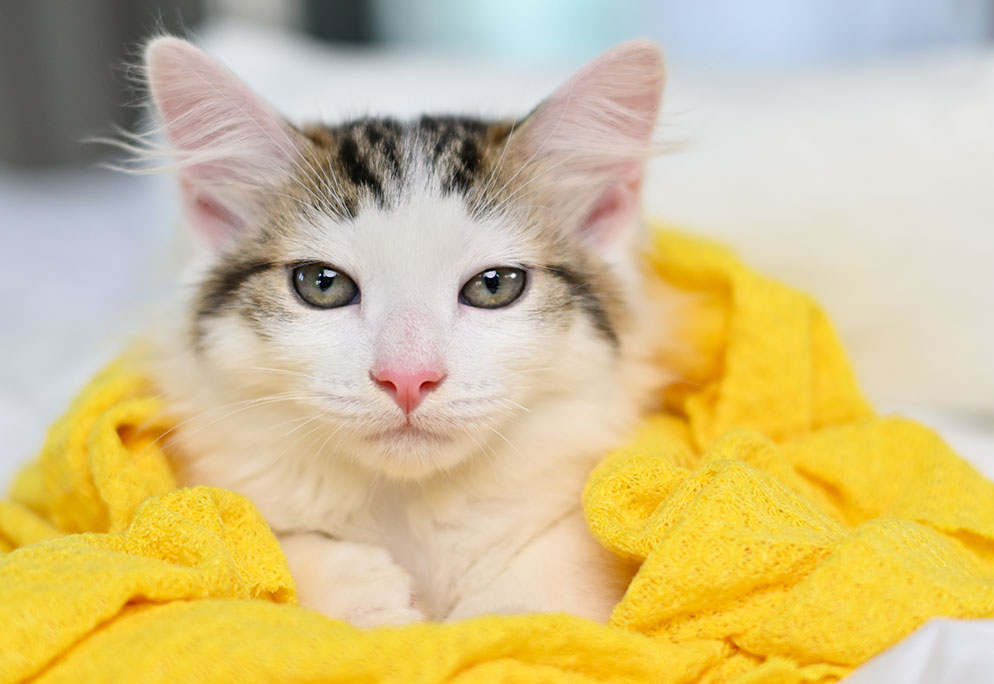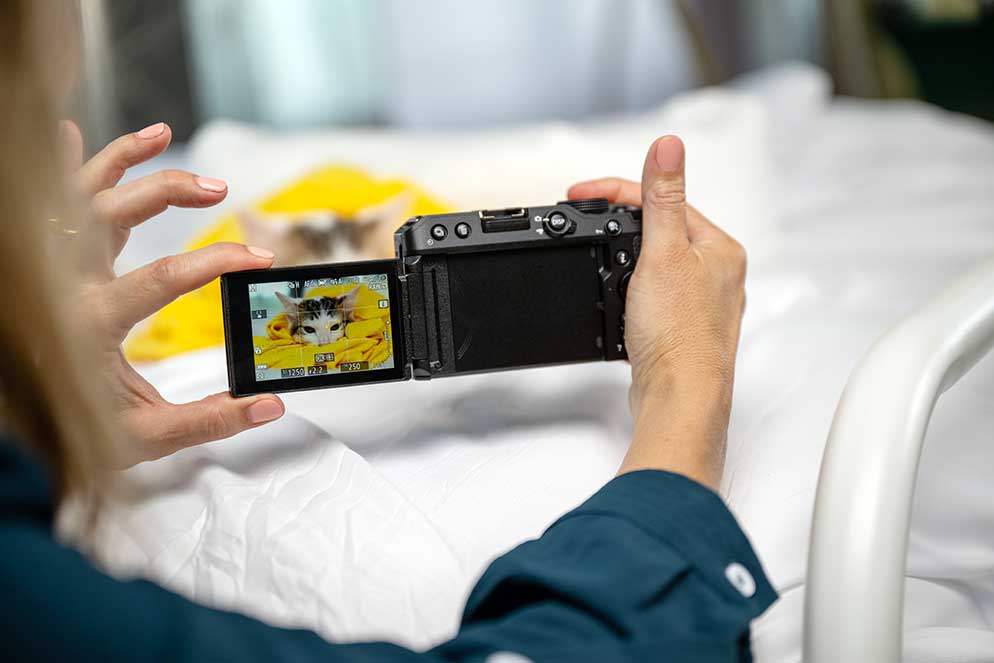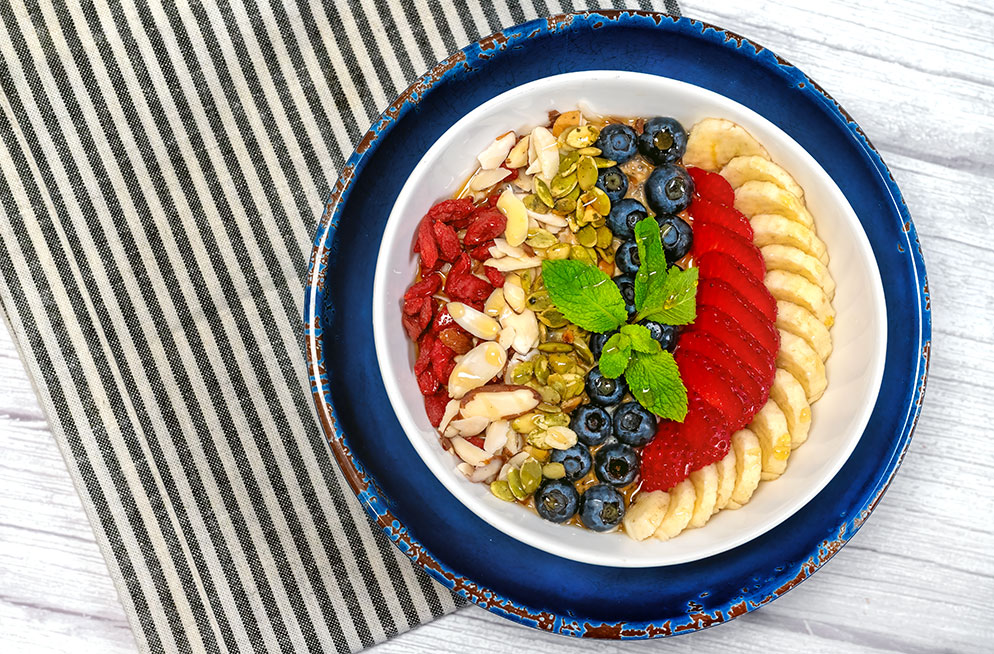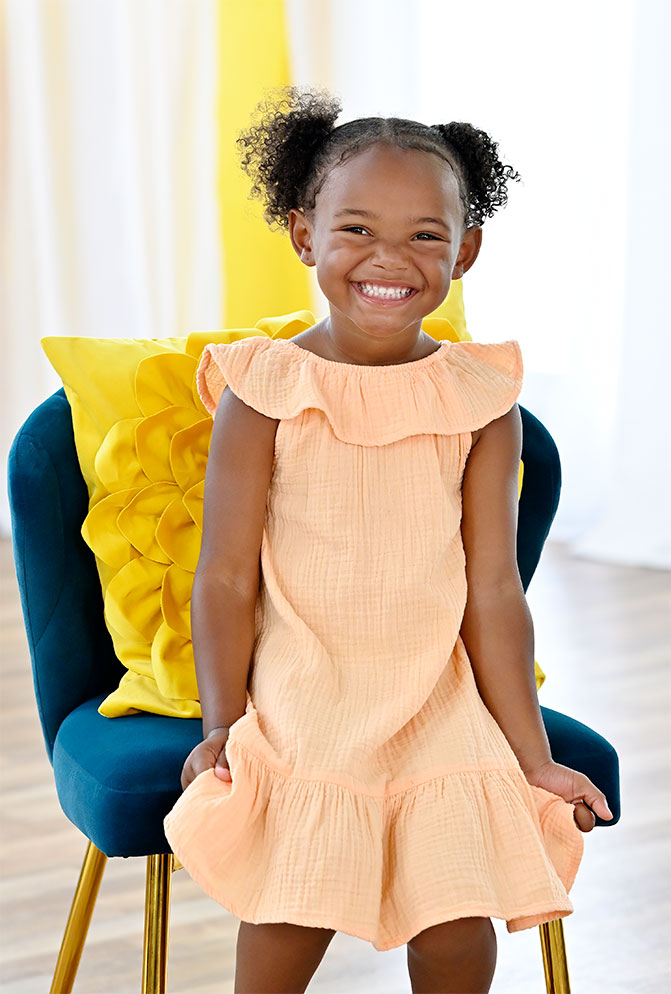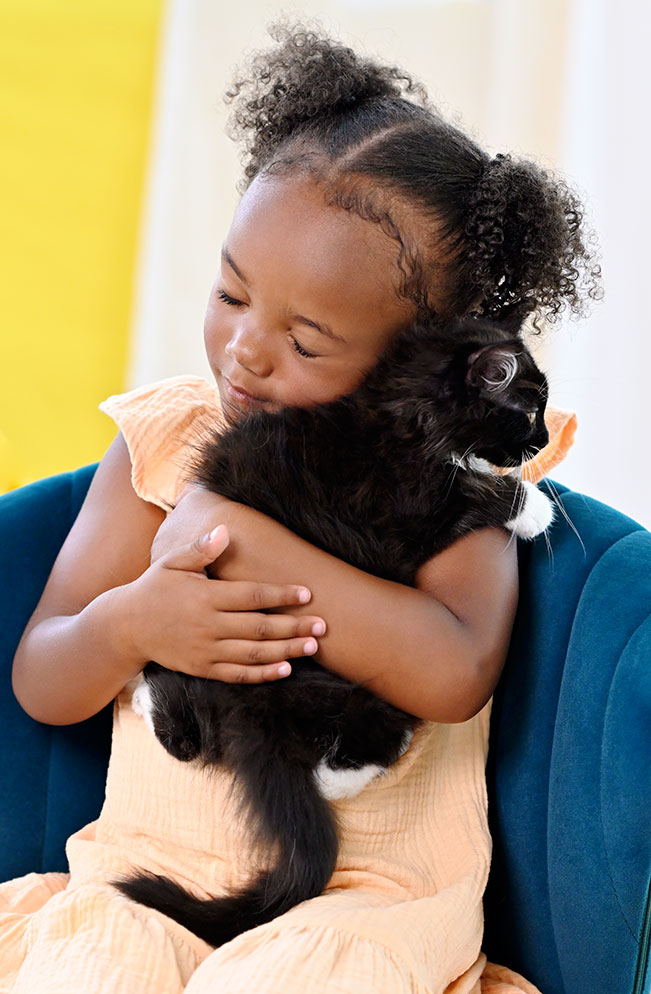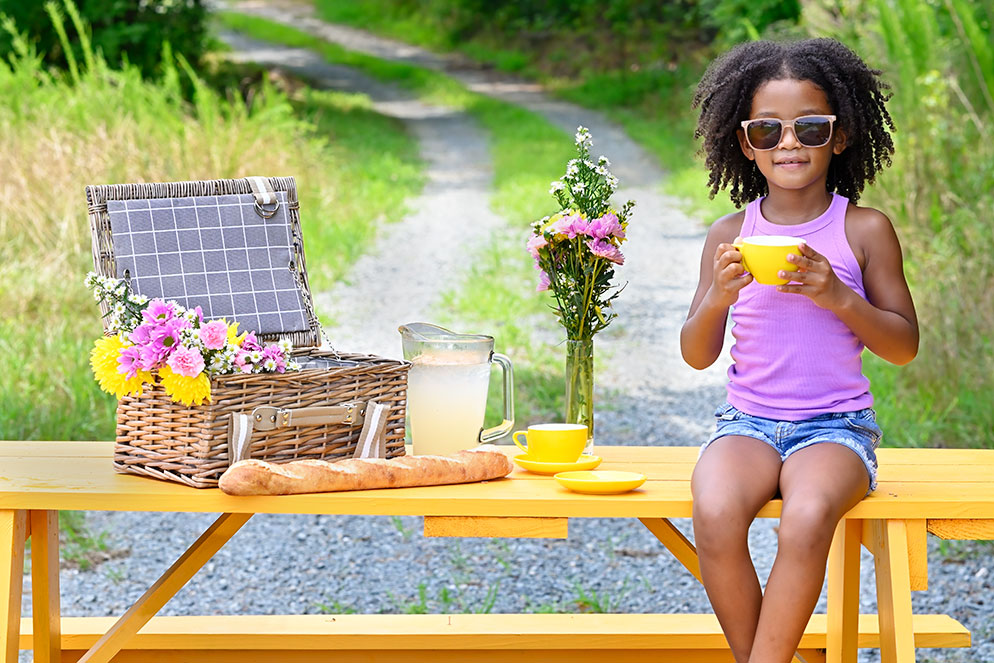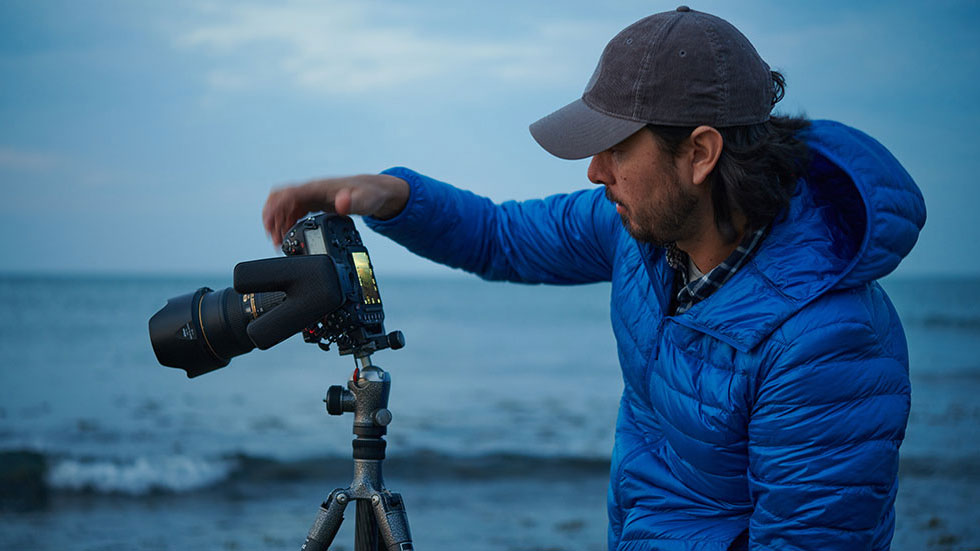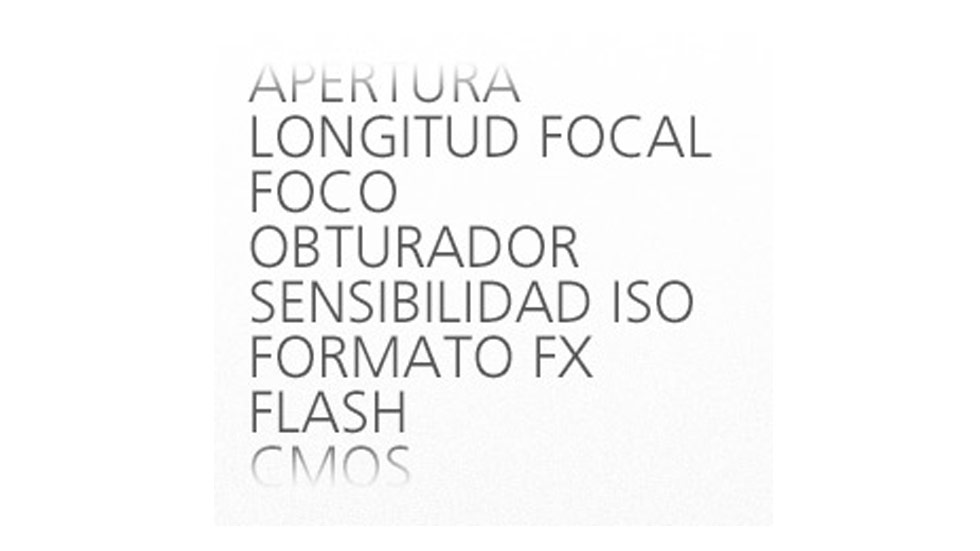Want to Take Memorable Family Photos? Then You’ll Probably Want a Z 30. Here’s Why.
A rescue cat fostered by Tamara Lackey and her family, then adopted by her 14-year-old daughter. Because of its early experience, it was still a very spooked cat when the photo was taken. “I didn’t have a posing cat, I had a second. It’s a situation where you go for the moment over the ability to set anything up.” Z 30, NIKKOR Z 24-70mm f/2.8 S, 1/400 second, f/2.8, ISO 2000, manual exposure.
If it’s one thing we’ve learned from our family photos it’s that the ones most memorable, treasured and shared are those that capture the most natural, often spontaneous and sometimes unexpected moments. They’re keepers—photos taken just as the best expressions, actions and interactions are happening. Most of the time, our deliberately-posed pictures just don’t capture that kind of personal magic.
We’ve also learned a few things about boosting our number of keepers. First, we realized that we’ve got to be ready for spontaneous, on-the-fly moments. We’ve got to observe, anticipate and be prepared. Or—and this is likely the best way to go—we can encourage situations in which those moments naturally happen. Simply, if you want memorable family photos, you create opportunities for them to happen. And when they do, you’ll really need a camera that’ll be as ready as you are, one that’s capable of capturing the kind of quality images you actually want to keep and share. The Z 30 is that kind of camera. Here are some reasons why:
This family came to the Beautiful Together Animal Sanctuary to see some of the rescue pets. “I liked how cute the kids were, so I invited them back for the shoot. It’s a real moment—dad looking off to the side, the girl on the left looking down. Don’t worry about posing or direction; get the family you know or the one you see at the moment.” Z 30, NIKKOR Z 40mm f/2, 1/1000 second, f/4, ISO 200, manual exposure.
• Eye AF. The camera locks on, and holds onto your subject’s eye. This works for four-legged members of your family as well.
• Burst Mode. It’s 11 frames per second, and you’ll want that speed for those people-and-pets-in-motion pictures.
• Interchangeable Lenses. Nikon lenses are versatile, high-quality optics, wide-angles, telephotos and wide-ranging zooms. Along with the Z 30’s 20.9-megapixel sensor, those lenses will produce beautifully detailed, large prints if you have, or want to have, a wall of framed photos.
• The LCD. We call it the Vari-angle LCD, and it’ll help you capture a variety of angles on the action. Use its touchscreen functions to trip the shutter, choose camera settings, indicate the point of focus you prefer and review images.
• Small Size, Light Weight. The Z 30 is our smallest and lightest mirrorless. It's a lifestyle camera; take it along.
• The Grid Display. Choose it to be displayed on the LCD and it’ll keep straight lines straight and horizons on the level in stills and videos.
• Almost Auto Everything. Set the Z 30 on Auto and it’ll take care of the tech side of things, leaving you free to focus on the family.
“This was a quick capture,” Tamara says. “He wasn’t interested in being photographed, but we were swapping cats on him and as a kitten was picked up he was laughing. His eyes were following it, and I said ‘Freeze!’” Z 30, NIKKOR Z 40mm f/2, 1/3200 second, f/2.2, ISO 2000, manual exposure.
We think you’ll find the Z 30 an inviting introduction to mirrorless, interchangeable-lens photography. Or it might be a step up from your smartphone’s camera—a pretty significant step because of the interchangeable lenses we mentioned earlier. Smartphone lenses rely on image processing to produce their pictures; they achieve their results digitally. They do a good job of that, no doubt about it, but they can’t equal the versatility, capability and image quality of a NIKKOR lens.
“I always try to add a soft element to portraits of animals—a scarf for a dog, a little blanket, a pillow—to soften the image, and add a vibrancy. A lot of cats, if you swaddle them in a towel or a blanket, they kind of settle in, and for however long they stay like that, I get my moments.” Z 30, NIKKOR Z 40mm f/2, 1/1000 second, f/2.2, ISO 250, manual exposure.
“If you’re holding the camera out in front or to your side, it’s easy to keep things level when you’re moving around a lot, which I tend to do. The grid’s also brilliant for shooting video.”
A great thing about the Z 30’s LCD is that you don’t disappear behind the camera. You maintain eye contact and stay in touch with what’s happening.
If a favorite item on your favorite restaurant’s menu inspires a photograph, two features of the Z 30 will be especially useful: the Vari-Angle LCD that’ll tilt down so only the camera needs to be above the food, and the Z 30’s near-instant send of the images to your smartphone for upload and sharing. “Without that LCD I’d have had to get up on a ladder, but with it I was able to see exactly what the lens was seeing.” Z 30, NIKKOR Z 40mm f/2, 1/800 second, f/5.6, ISO 1250, manual exposure.
The Proof’s in the Pictures
The photos here were taken with a Z 30 and a variety of NIKKOR lenses by Tamara Lackey, a Nikon Ambassador with plenty of experience taking lifestyle photos of kids, pets and families. Tamara is also founder and executive director of the Beautiful Together Animal Sanctuary in Chapel Hill, North Carolina, where the mission is “to rescue animals who have been abused, neglected or abandoned, giving them comprehensive care as we work to find them loving homes.” The Center was the prime reason for her purchase of a Z 30. “I’m photographing pets every single day at the sanctuary,” Tamara says. “The Z 30 is so small and so easy to have at the ready—I just tuck it in the pocket of my cargo pants. I’ll do selfies that aren’t only of me—they’re me holding a cat or a dog. The animal is close to me, I can control the shot and get a great quality photo.”
The photo is all about her expression and the matching glow of the warm yellows. Tamara’s challenge was all about motivation. “Saying ‘I want to take your picture’ won’t do it. You need ‘Let’s play a game, let’s do this, let’s see if you can do that.’ Sometimes you just say something silly that will get a laugh.” Z 30, NIKKOR Z 85mm f/1.8 S, 1/1250 second, f/2.5, ISO 1600, manual exposure.
“This is a very different emotion. I told her the story of the cat and what kittens need: the softest hugs. That builds her empathy with the kitten. It’s important to tell a child what the child will understand—and sharing that with her gives her the responsibility of acting accordingly. It shows she’s respected. These are techniques, and you have to have this kind of feeling for the situation.” Z 30, NIKKOR Z 85mm f/1.8 S, 1/800 second, f/3.2, ISO 1250, manual exposure.
“The grid is a huge help for composition. I can ensure my subject is in a certain area, all the while keeping eye contact.”
Because Tamara is equally adept at catching her family’s spontaneous moments as she is at suggesting, encouraging and creating those moments for her client families, we couldn’t resist asking her for some tips on improving family pictures. Here’s some of what we learned.
• Kids need more motivation than “Let’s take some pictures.” Give them things to do—things they really like to do. Introducing something new, some discovery, is also a good idea. So is telling a story.
• “I tend to want children to be in motion because they just light up when they’re moving,” Tamara says. “But I often tell them I’m going to call ‘Stop!’, and when I do, they’ve still got that vibrant expressiveness. What I’m looking for in all my images is that expressiveness—light in the eyes, a sense of personality, and that often happens after the sudden stop. But kids will drain of this emotion or interest pretty quickly, so while it’s happening, shoot fast.”
• “Not all photos have to have action or a lot of movement or activity. Be just as mindful of capturing the quiet, gentle moments. With children or children and animals together, the thing to do is tell stories. With me, it’s often, ‘Where did this cat came from?’ In your home, if you want to get a really cute picture of your child with a puppy or a cat, tell a story of what that animal is experiencing that day—‘He was so mad because none of his food was ready.’ Tell that silly story and children will literally look at the pet differently, and you’ll see that look. You’re creating curiosity and empathy within the child. Rather than just posing the child with Snuffy, it’s ‘My gosh, Snuffy, you’re a hero today.’ Personalize the pet.”
“The idea was a picnic, and we were able to put a bunch of kittens in the basket, but they just weren’t having that idea, so we made it a story about how she was in charge and was sending the kittens away. So much of these types of pictures is about telling children the stories that will get the expressions. Here it was a story based on the reality of the situation to get as much authentic expression and personality as she had to give.” Z 30, NIKKOR Z 85mm f/1.8 S, 1/640 second, f/5.6, ISO 500, manual exposure.
• “Cats can be suspicious of a whole lot of movement, so it’s not just a matter of coming over to the cat and taking a picture. Get yourself in position to take a photo and stay in that position for a little while. If the cat’s on the couch, you sit on the couch in the best position to take a picture, but you don’t do anything. Sit for a while, then slowly bring the camera out—and with the Z 30 and its Vari-angle LCD, you can just click away. That’s when you get those natural, beautiful images.”
• “A great thing about the Z 30’s LCD is that when you’re photographing animals and children, you don’t disappear behind the camera. There’s no viewfinder, so you maintain eye contact and stay in touch with what’s happening. And use the burst mode—11 frames per second—and Eye AF. They’re a huge help.”
• Time is a factor. “If I’m doing a session of any kind, I want to allot a good amount of time for a child’s natural rhythm of ‘I don’t want to do this anymore,’ and ‘I’m ready to do this again.’ Or the cat walks away, but then comes back. You need to allow time for the entire experience, which is different than the individual short, quick games and interactions.”
• “Overall, be patient and flexible. You’ll get much better images if you don’t come in with a lot of expectations. If I’m trying to get a certain set of poses, I’m just setting the whole thing up for disaster. I’m going to miss the opportunity to get something much better if I let expectations get in the way.”
“It was a 100-degree day, and we had a hose feeding a water mister for her face. She’d been looking at me and then looked up at it for a second and that delightful look was perfect. This is a great example of how fast-burst frames combined with Eye AF get the shot you want.” Z 30, NIKKOR Z 85mm f/1.8 S, 1/1250 second, f/1.8, ISO 100, manual exposure.

